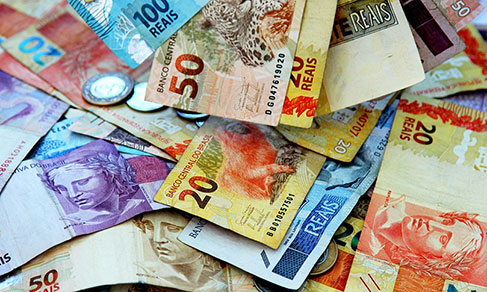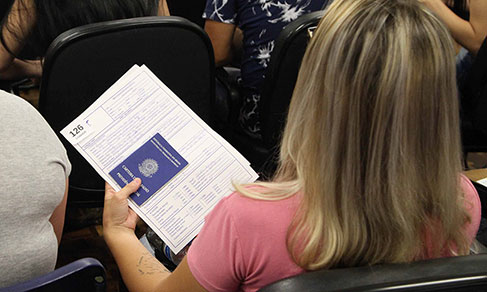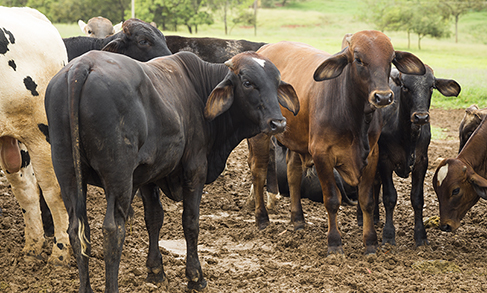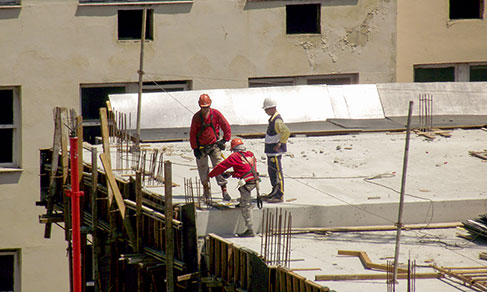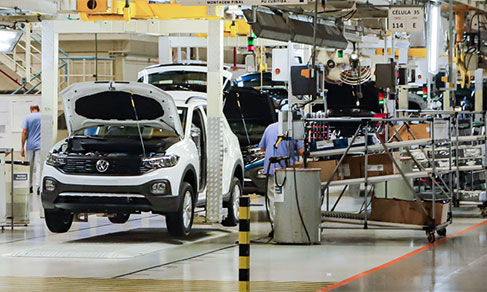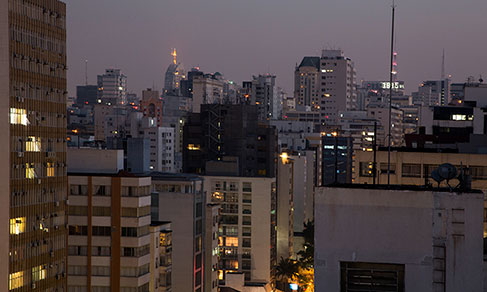IPCA
Inflation stays at 0.93%, highest increase in March since 2015
April 09, 2021 09h00 AM | Last Updated: April 12, 2021 04h58 PM

In March, inflation reached 0.93%, highest rate in March since 2015, when it was 1.32%. The index had a cumulative change of 2.05% in the year and of 6.10% in the last twelve months. The main impacts come from the rise o fuel prices (11.23%) and of bottled gas prices (4,98%). Data comes from the Extended National Consumer Price Index (IPCA), released today (9) by the IBGE.
“Gasoline and diesel prices have been adjusted in refineries be between February and March and that had an impact on sales prices at pumps. Gasoline in gas stations rose 11.26%, ethanol, 12.59% and diesel, 9.05%. The same was true for gas, readjusted in refineries in the period, with a cumulative 10.46%, now the consumer feels the effects of such rise,” says Pedro Kislanov, manager of the survey.
Gasoline accounted for the main impact on the month's IPCA (0.60 percentage points). São Luís (MA) recorded the lowest change (6.32%), among the 16 areas surveyed, in the price of gasoline paid by the consumer. Rio de Janeiro (RJ) was the area where adjustment led to higher prices (14.45%).
Other rises in Rio de Janeiro had an impact on the march inflation. One of them was train fares, which rose 6.38% on February 23, resulting in a 3.57% hike in the cost of transportation in the capital. There were also price adustments of 4.66% and 4.50% in electricity concessionnaires on March 15th, and of 3.50% in bottled gas on February 1st, which led to a 0.77% increase in housing costs of the population in the capital of Rio de Janeiro.
As for regional indexes, all the areas surveyed recorded positive changes. The highest result was that of the municipality of Goiânia (1.46%), with a rise of 13.65% in gasoline and of 18.43% in ethanol.And the lowest index was that of Recife (0.62%),mainly due to decreases in electricity (-2.23%) and tomato (-21.03%).
A good piece of news for the consumer is that inflation in the group Food and beverages (0.13%) has decelerated. Price keeps on rising, but it does less every month. Preceding changes were of 1.74% in December, 1.02% in January and 0.27% in February.
““Food rose 14.09% in 2020, but, since December, it has decelerated. Some of the factors accounting for that result are a trend to currency stability, reduced demand due to the suspension of the emergency financial aid in the initial months of the year,” says Kislanov.
For those having meals only at home, priced did fall: food at home fell by 0.17%, whereas food away from home rose 0.89%. Fall of prices of tomato (-14.12%), potato (-8.81%), rice (-2.13%) long-life milk (-2.27%) has made meals at home cheaper. But beef keep their high prices (0.85%), although the change was below that of February (1.72%).
INPC changes by 0.86% in March
The National Consumer Price Index (INPC) rose 0.86%, a result slightly above that of February (0.82%) and also the highest index for a month of March since 2015, when INPC changed by 1.51%. In tne year, the index had a cumulative increase of 1.96% and, in 12 months, of 6.94%.
In the index, food prices rose 0.07% in March, below the result of 0.17% observed in the previous month. Non-food prices rose 1.11%, against 1.03% in February.
About the survey
The National System of Consumer Price Indexes (SNIPC) produces the Extended National Consumer Price Index (IPCA), which has the objective of calculating inflation from a group of products and services traded in retail, relative to household consumption.
Currently, the target population for IPCA encompasses households with an income of 1 to 40 minimum wages, whereas INPC deals with those earning 1 to 5 minimum wages, living in the urban areas covered by the SNIPC: metropolitan areas of Belém, Fortaleza, Recife, Salvador, Belo Horizonte, Vitória, Rio de Janeiro, São Paulo, Curitiba, Porto Alegre, besides the Federal District and the municipalities of Goiânia, Campo Grande, Rio Branco, São Luís and Aracaju.




